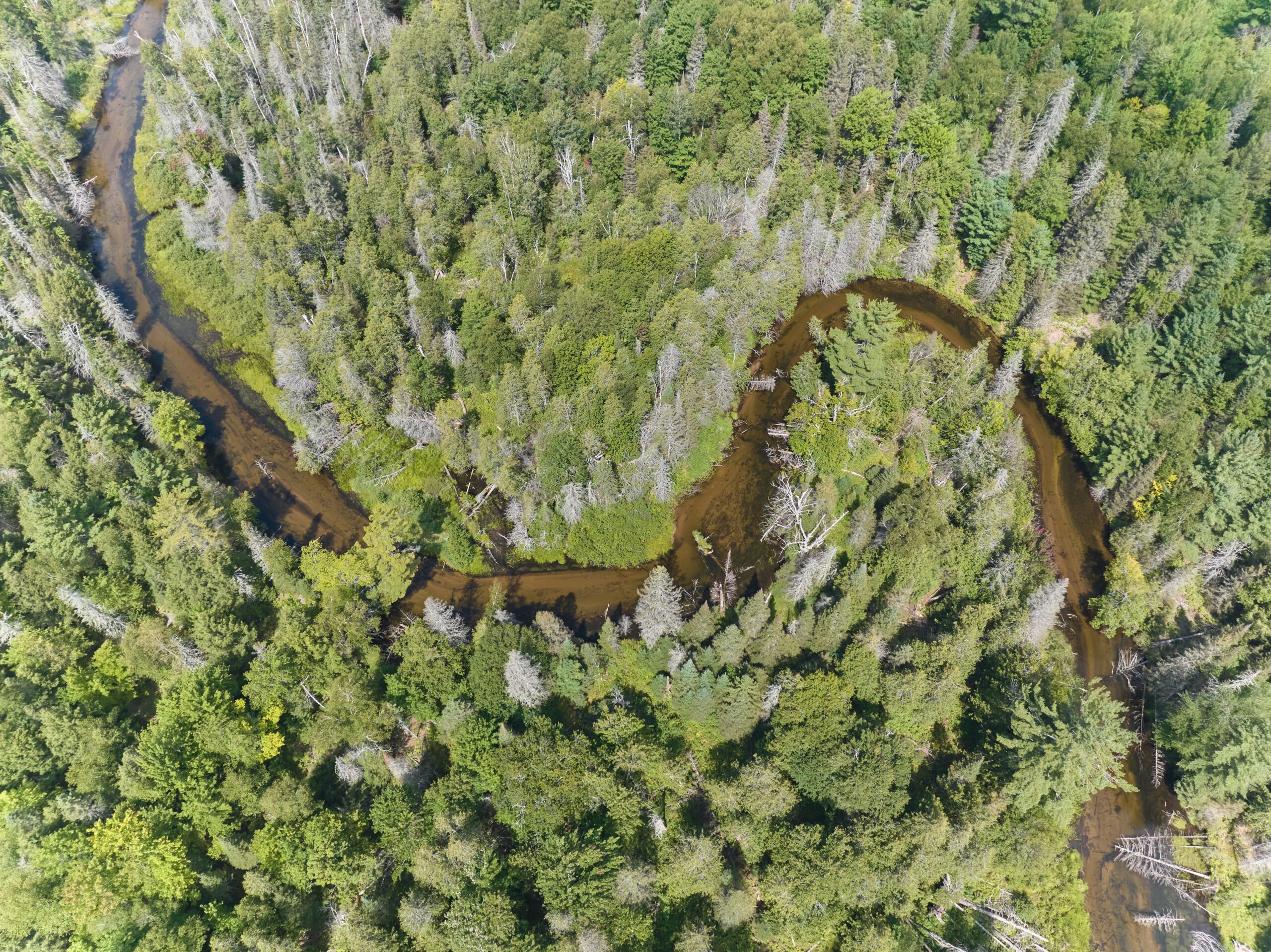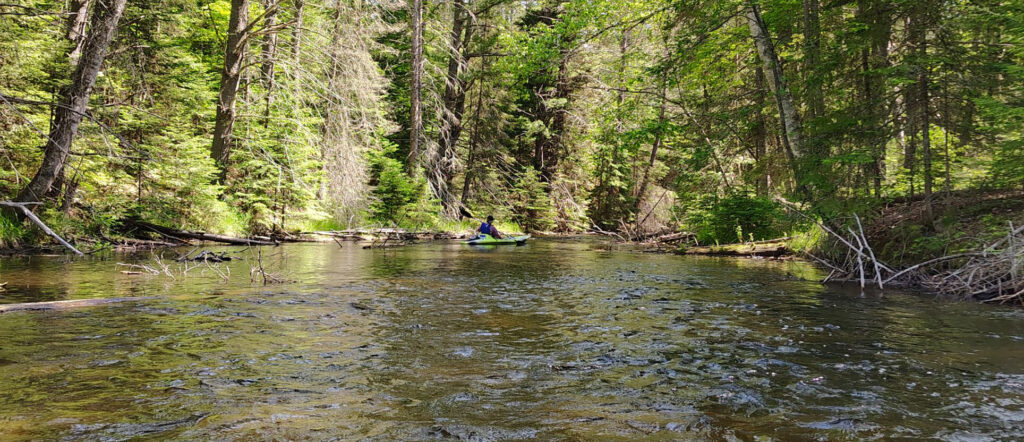
Leave No Trace: The 7 Principles
Indian River Adventures, Hiawatha Forest Care: Baldy Shores Kayaking's Commitment to Leave No Trace
Located in the heart of Hiawatha Forest on the Indian River, Baldy Shores Kayaking promotes the 7 Principles of the Leave No Trace program. These provide an easily understood framework of minimum impact practices for anyone visiting the outdoors. The principles can be applied anywhere — from remote wilderness areas to local parks and even in your backyard. Each principle covers a specific topic and provides detailed information to empower you to minimize your impacts. The 7 Principles are well-established and widely known but not static. Leave No Trace continually examines, evaluates, and reshapes the Principles and conducts research to ensure that they are up to date with the latest insights from biologists, land managers, and other leaders in outdoor education. So depending on your plans in Hiawatha Forest, whether they include kayaking, canoeing, camping, biking, or hiking, practicing these principles will help ensure a healthy environment for generations to come.
- Plan Ahead and Prepare: Know the regulations and special concerns for the area that you’ll be visiting. Prepare for extreme weather, hazards, and emergencies. Schedule your trip to avoid high use. Visit in small groups when possible. Consider splitting larger groups into smaller groups. Repackage food to minimize waste. Use a map and compass to eliminate the use of marking paint, rock cairns, or flagging.
- Travel and Camp on Durable Surfaces: Durable surfaces include established trails and campsites - rock, gravel, dry grasses, or snow. Good campsites are found, not made. Altering a site is not necessary. In popular areas: Concentrate use on existing trails and campsites. Walk single file in the middle of the trail, even when wet or muddy. Keep campsites small. Focus activity in areas where vegetation is absent. In pristine areas: Disperse use to prevent the creation of campsites and trails. Avoid places where impacts are just beginning.
- Dispose of Waste Properly: Pack it in, pack it out. Inspect your campsite and rest areas for trash or spilled foods. Pack out all trash, leftover food, and litter.
- Leave What You Find: Preserve the past: examine, but do not touch cultural or historic structures and artifacts. Leave rocks, plants, and other natural objects as you find them. Avoid introducing or transporting non-native species. Do not build structures, furniture, or dig trenches.
- Minimize Campfire Impacts: Campfires can cause lasting impacts to the backcountry. Use a lightweight stove for cooking and enjoy a candle lantern for light. Where fires are permitted, use established fire rings, fire pans, or mound fires. Keep fires small. Only use sticks from the ground that can be broken by hand. Burn all wood and coals to ash, put out campfires completely, then scatter cool ashes.
- Respect Wildlife: Observe wildlife from a distance. Do not follow or approach them. Never feed animals. Feeding wildlife damages their health alters natural behaviors, and exposes them to predators and other dangers. Protect wildlife and your food by storing rations and trash securely. Control pets at all times, or leave them at home. Avoid wildlife during sensitive times: mating, nesting, raising young, or winter.
- Be Considerate of Others: Respect other visitors and protect the quality of their experience. Be courteous. Yield to others on the trail. Step to the downhill side of the trail when encountering pack stock. Take breaks and camp away from trails and other visitors. Let nature’s sound prevail. Avoid loud voices and noises.
As you can see, it really comes down to respecting nature, wildlife, and one another. For the love of the outdoors.
May 9, 2025 in General.


